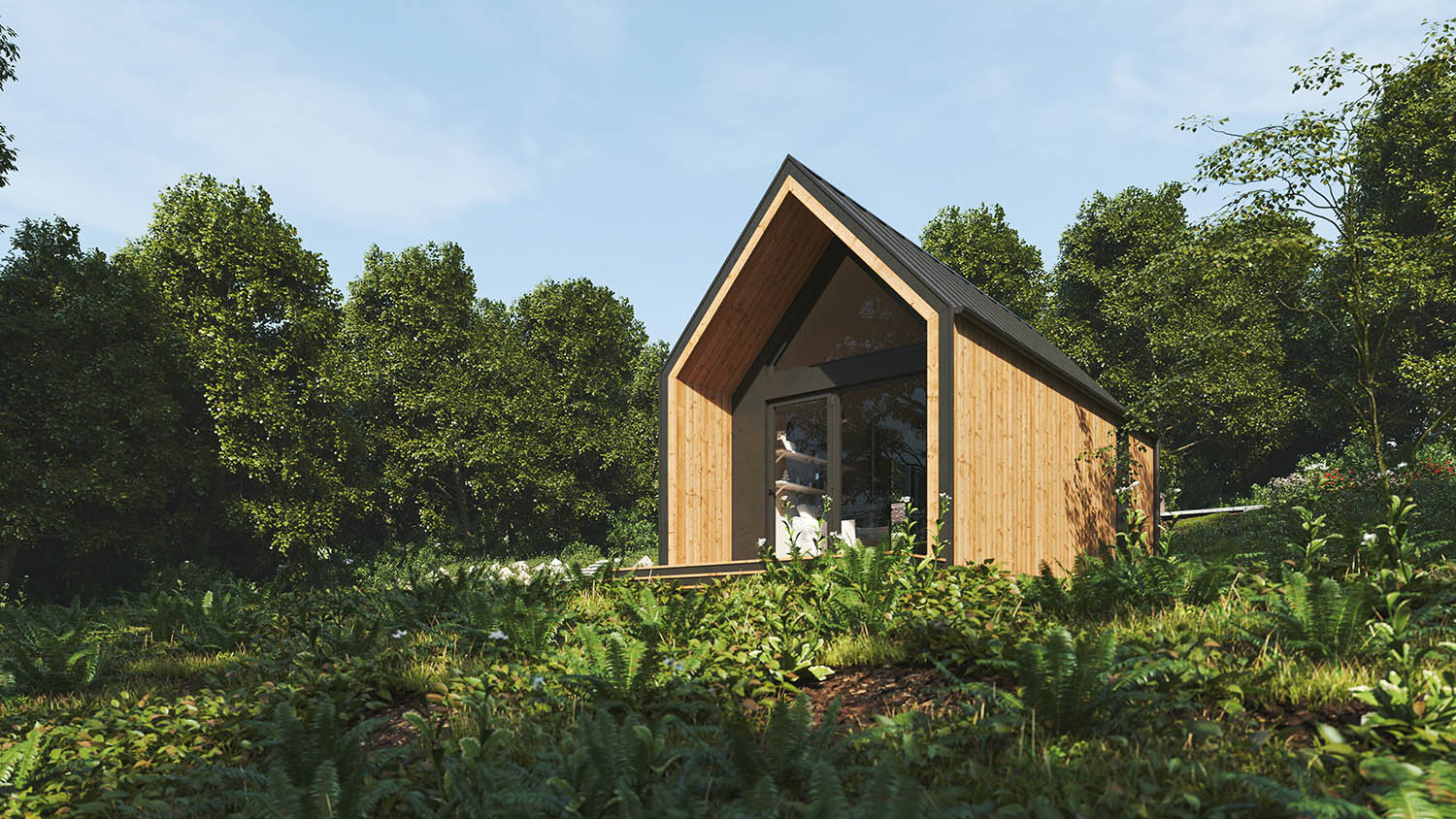
Hawaii Needs to Ease Regulations on ADUs
Accessory Dwelling Units (ADU) are small, independent dwelling units located on the same property as an existing single-family home. They can be internal, attached, or detached and were created to increase housing affordability.
In many cities and counties throughout the U.S., new zoning laws and regulations have been put in place to adopt ADUs in low-density residential areas. Largely, ADUs have been growing in interest throughout the U.S. California, Oregon, and Vermont are some examples of states that have adopted ADUs as housing units and have relaxed laws around ADU regulations.
Hawaii and Accessory Dwelling Units
In Hawaii, second dwellings have been allowed in some residential areas since the 1980s. This concept is not new to the islands; however, it wasn’t truly until 2010 when counties within the state began easing regulations.
Even so, ADUs have yet to impact the low housing supply, as most dwelling units are built by homeowners and not at scale. To add to this, there are infrastructure limitations and challenges that prevent homeowners from building an ADU.
Currently, there are nine basic requirements for building an ADU in Hawaii:
- Proper zoning
- Lot must be at least 3,500 square feet
- Lot is not landlocked
- Lot has one dwelling unit
- Owner must live on the lot
- Owner must record covenant
- No ADU covenant restrictions
- Room for one more parking space
- ADU plans meet maximum size limit
Building an ADU is simple, theoretically. They must have a kitchen, bedroom, bathroom, and must meet the requirements above.
In Hawaii specifically, there are also Ohana units, which by law can only be occupied by family members.
Hawaii Approves ADUs, Not All Homeowners are on Board
On the other hand, while most counties accept the idea, not all homeowners are on board. Not every homeowner wants someone living on their property so close to their family. In Honolulu alone, there are 20,000 lots in the city zoned for ADUs, but only 80 permits have been received, according to the city’s Department of Planning and Permitting.
Today, there are around 7,700 ADUs throughout the Hawaiin islands, just 1% of the estimated housing supply back in 2020.
Homeowners' motivations behind building second dwellings can vary. Some are constructing units to house their children, some build units for their aging parents, while others simply do it for additional income.
“We were seeing all sorts of social dynamics happening with the ADU bill being passed, and they were all very, very positive,” Marshall Hickox says, president of Homeworks Construction.
In March 2022, a survey of Honolulu Board of REALTOR® members, 89% of respondents said ADUs are at least somewhat important to buyers and 92% said an existing ADU raises a property’s value.
Contrary to this, 3% said an ADU lowers property value because it negatively impacts street parking, creates permitting or building code issues, or goes unused.
ADUs must be maintained properly for them to continue to grow in popularity. If a homeowner mismanages their unit, it can negatively impact a neighborhood and upset neighbors, resulting in less support for easing regulations.

ADUs Provide Housing and Value to Property Owners
Properties with ADUs are becoming more desirable in certain counties and cities. According to Maui’s REALTOR® Association, 181 properties with ADUs sold in 2020 – about 17% of single-family home sales. 296 properties with ADUs sold in 2021 – about 21% of single-family home sales.
“It allows our local property owners to be part of the housing solutions that Maui needs and provides economic benefit to our local property owners who really carry a significant tax burden in Maui County,” says Jason Economou, the association’s government affairs director.
Clearly, there is work to be done for Hawaii's ADU initiative to take off, but from what has already been done the concept can be successful for both parties. The state will need to work out certain aspects of the construction process and how communities can sustainably adapt these dwelling units into the fold.
The content provided on this website is deemed accurate at the time of creation.


Comments